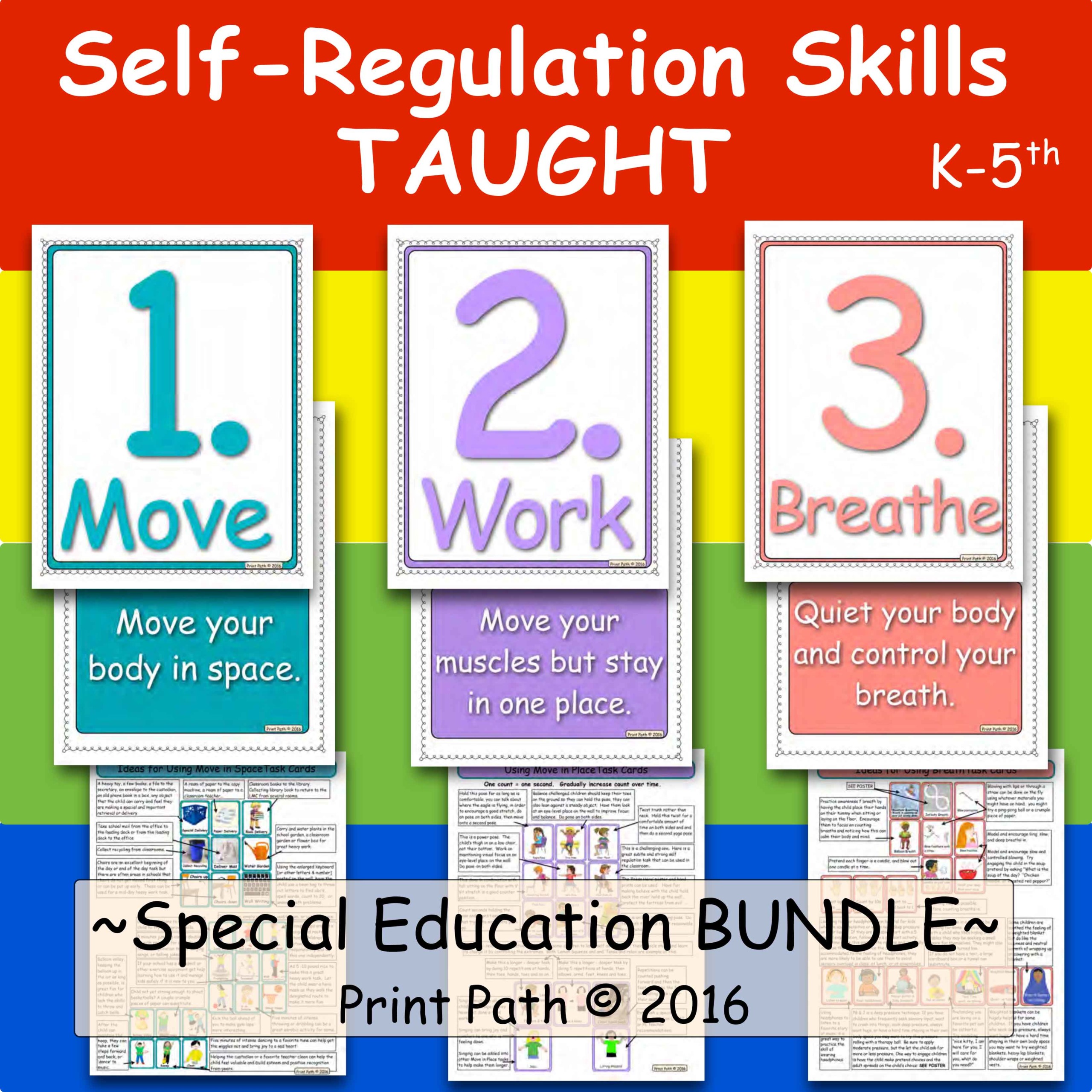How to Improve Behavior in School
Are you looking for strategies to learn how to improve behavior in school? Perhaps you’ve tried visual supports, classroom rules, and more. Have you ever considered aerobic exercise to improve self regulation and behavior in your students?
This is an evidence based strategy that can help your students succeed!
What Does the Research Say About How to Improve Behavior In School With Exercise
Improve Self-Regulation and In Class Time
Pediatrics published research to determine if structured aerobic exercise during physical education (PE) resulted in improvements in behavioral self-regulation and classroom functioning among 103 children (ages 7-16 years old) with students with autism, attention deficit hyperactivity disorder, anxiety and mood disorders.
Over a 14-week crossover design, students were randomly assigned to receive the 7-week aerobic cybercycling PE curriculum or standard nonaerobic PE. The cybercycling phase had children use the bikes 2 times per week during 30- to 40-minute PE classes.
The results indicated that following the aerobic intervention phase, children experienced 32% to 51% lower odds of poor self-regulation and learning-inhibiting disciplinary time out of class. The effects were more pronounced on days that children participated in the aerobic exercise where disruptive behaviors dropped over 70 percent, but carryover effects were also observed (Bowling et al, 2017).
Physical Activity, Behavior and ADHD
Do you have students with ADHD in your classroom? Did you know that the evidence indicates that exercise can be an effective treatment option for ADHD?
The research review study indicated that cardio exercise seems acutely beneficial in individuals with ADHD regarding various executive functions (e.g., impulsivity), and response time. Beneficial chronic effects of cardio exercise were found in other areas as well including executive functions, attention and behavior (Den Heijer et. al, 2017).
References for How to Improve Behavior in School:
Bowling, A. et al. Cybercycling Effects on Classroom Behavior in Children With Behavioral Health Disorders: An RCT. Pediatrics Jan 2017, e20161985; DOI: 10.1542/peds.2016-1985
Den Heijer, A. E., Groen, Y., Tucha, L., Fuermaier, A. B., Koerts, J., Lange, K. W., … & Tucha, O. (2017). Sweat it out? The effects of physical exercise on cognition and behavior in children and adults with ADHD: a systematic literature review. Journal of Neural Transmission, 124(1), 3-26.
Heasley, S. Study: Exercise May Cut Behavior Issues In Half. Retrieved on 1/12/2017 from https://www.disabilityscoop.com/2017/01/10/study-exercise-behavior-half/23166/
Resources to Help with Self-Regulation and Exercise
Self Regulation Skills Curriculum: Move – Work – Breathe – This curriculum provides an effective, time-efficient structured system to provide classroom breaks, improve self-awareness and self advocacy and teach specific self-regulation skills so that kids have tools to use in their classrooms. This system will get kids moving, give them the benefits of a brain power boost [from getting their heart rate up], give them heavy work and isometrics to help them calm down, and help them learn techniques to quiet and control their bodies in order to return to their academic work. FIND OUT MORE.
Research tells us that short aerobic exercise sessions can help children with: cognitive flexibility, self-regulation, behavior, and academic achievement! This Cardio Aerobic Exercises for Small Spaces digital download packet includes 15 aerobic exercise sheets including QR codes with links to animated video demonstration of each exercise.





